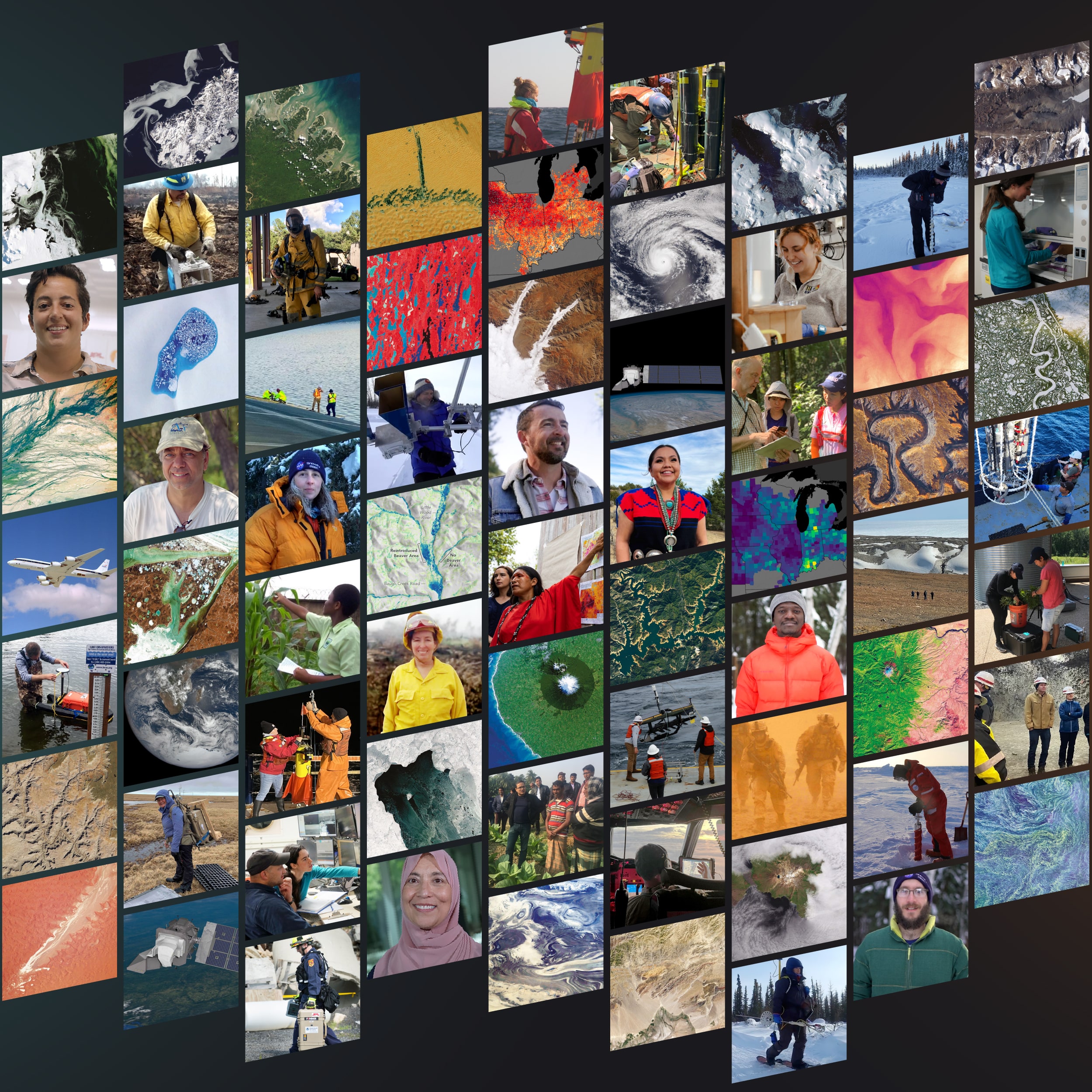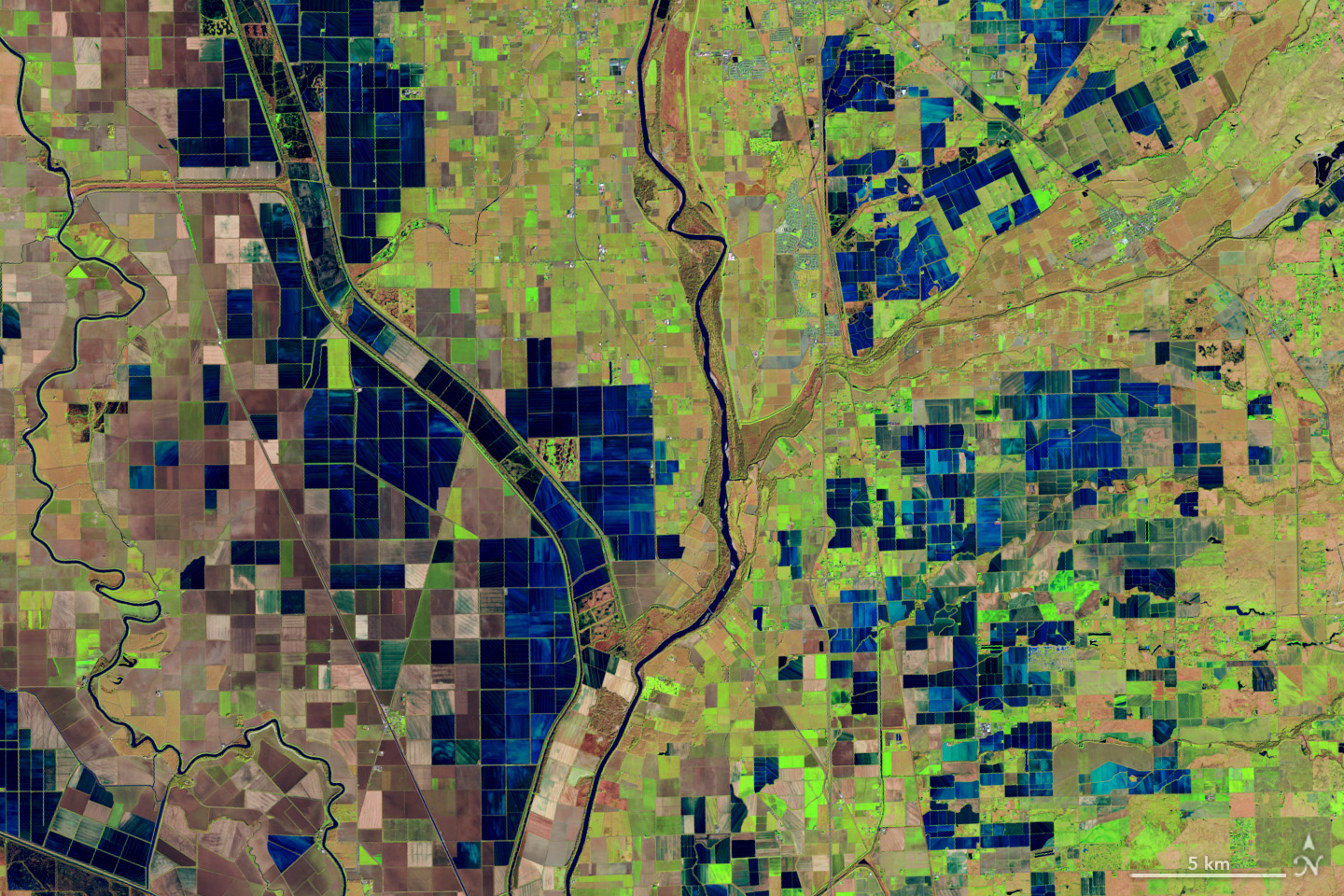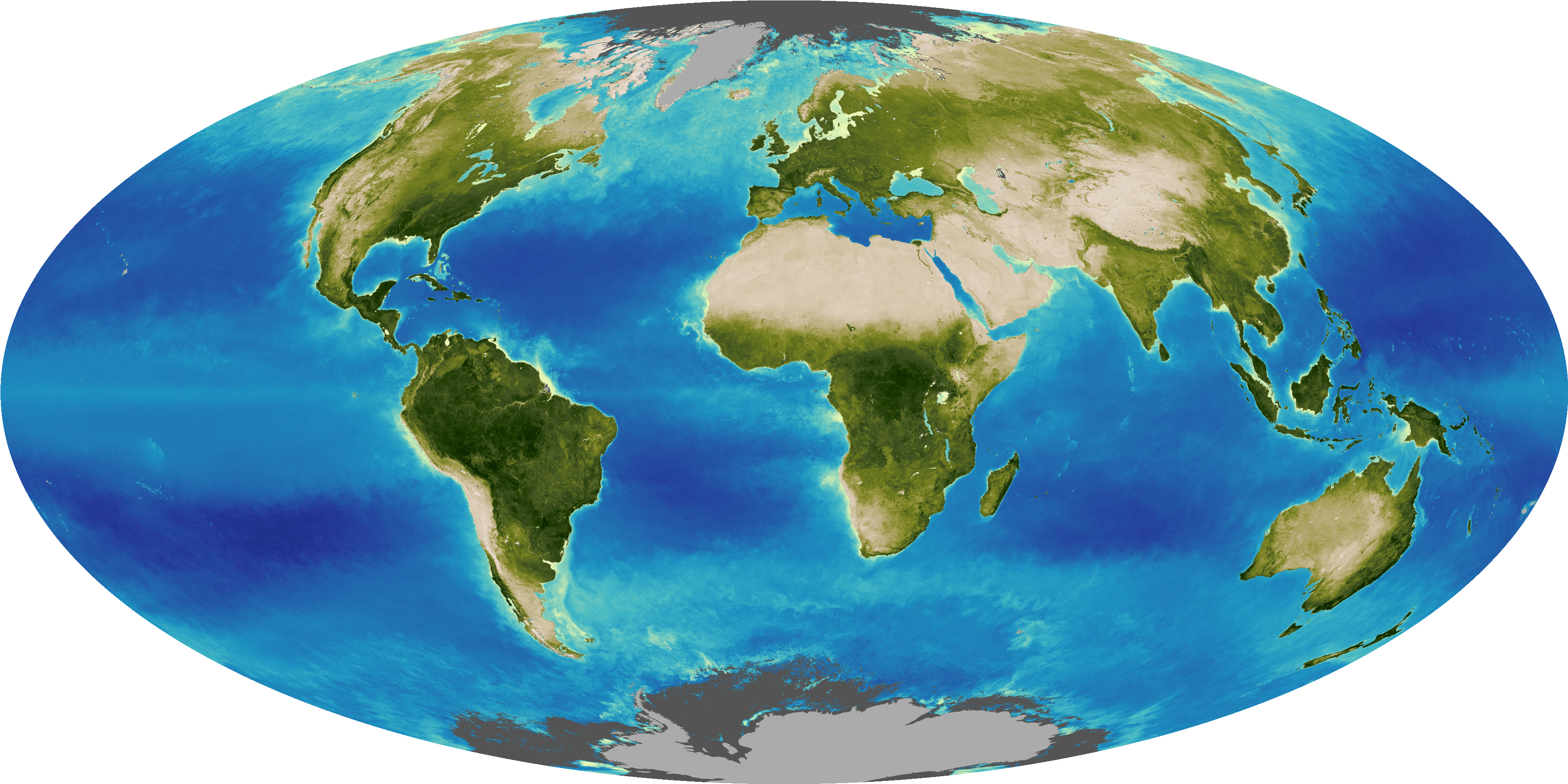NASA applies ingenuity and expertise gained from decades of planetary and deep-space exploration to the study of our home planet. The Earth Science Division operates more than 20 satellites in orbit, sponsors hundreds of research programs and studies, and funds opportunities to put data to use for societal needs. We develop new ways to observe the oceans, land cover, ice, atmosphere, and life, and we measure how changes in one drive changes in others over the short and long term. While listening to and collaborating with industry leaders, international partners, academic institutions, and other users of our data, we deepen knowledge of our planet, drive innovations, and deliver science to help inform decisions that benefit the nation and the world.
Science in Action for Society
Learn how NASA’s studies of Earth bring benefits to the nation and world.


Treasured Maps
Elevation data collected during a space shuttle mission in 2000 continues to inform science and society in unexpected ways.
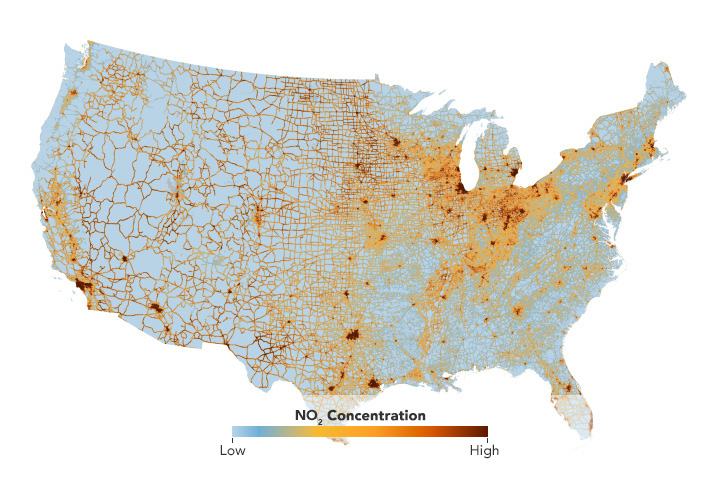
Recent News and Articles

Why Do Fires on NASA's Maps Sometimes Look Bigger Than They Really Are?
Temperatures Rising: NASA Confirms 2024 Warmest Year on Record
A Decade of Global Precipitation
Through rain and snow, hurricane, typhoon and monsoon, flash flood and bomb cyclone, for ten years, the joint NASA-JAXA Global Precipitation Measurement mission has measured a lot of water. GPM’s Core Observatory satellite launched from Tanegashima Space Center in Japan in early 2014, becoming the first satellite to be able to see through the clouds and measure liquid and frozen precipitation from the Equator to polar regions using a radar. Now in its tenth year of operation, we look at ten events brought to light by this groundbreaking mission.
Sensing the Seas
For more than forty years, NASA has found unique ways to study the surface layers of the ocean from the tropics to the poles. With three new missions since 2020 – PACE, SWOT, and Sentinel 6-Michael Freilich – we are now ushering in a new era of ocean studies.


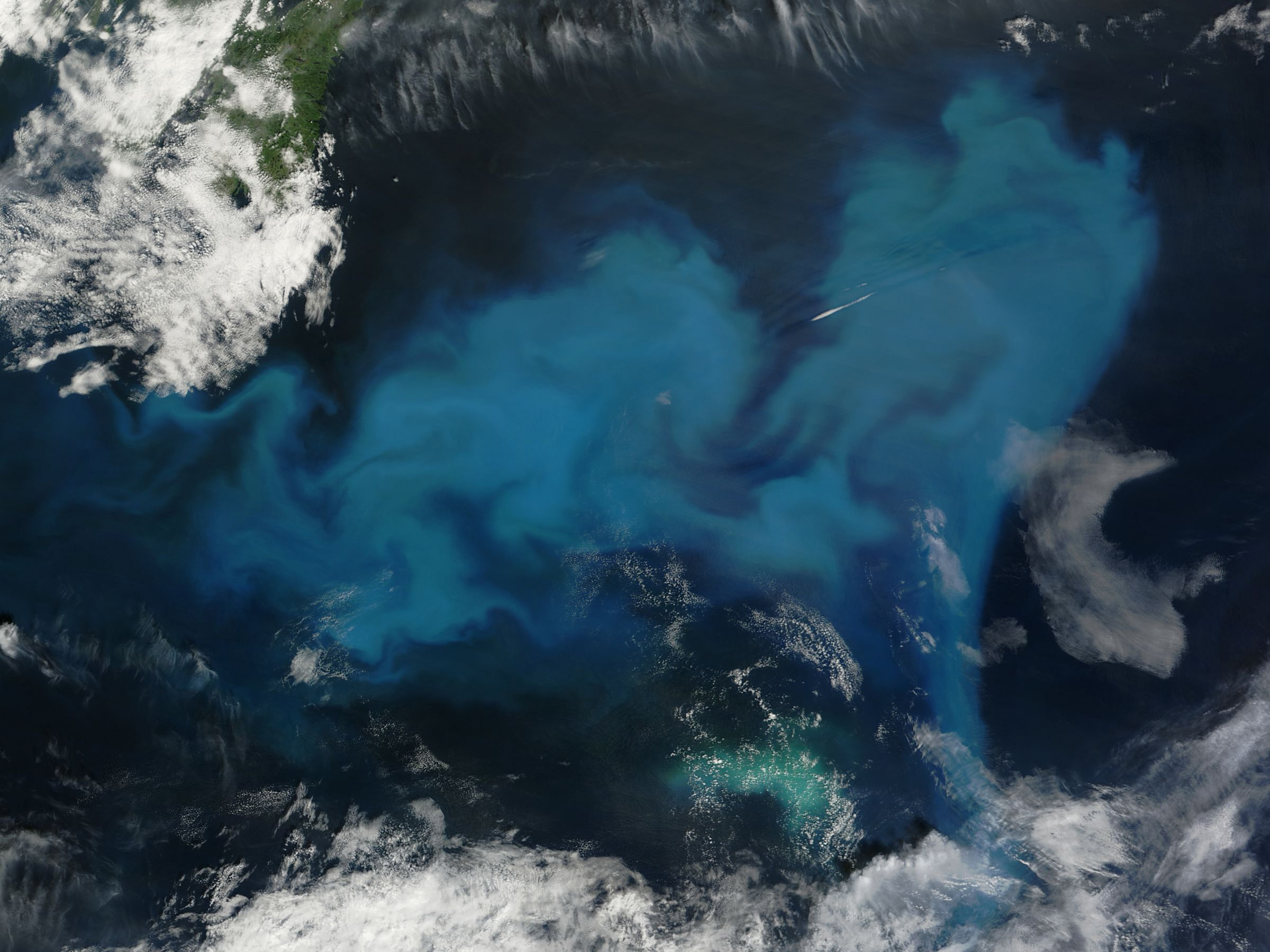
PACE Scientists Take to the Sea and Air (and Really High Air)
One of NASA’s most expansive and complex field campaigns took place over the month of September. The goal: to check the data that the new PACE satellite is collecting from orbit about Earth’s atmosphere and ocean. To do that, NASA’s PACE-PAX (Plankton, Aerosol, Cloud, ocean Ecosystem mission Postlaunch Airborne eXperiment) deployed several aircraft and ships from multiple locations in California, including Marina, Santa Barbara, and NASA's Armstrong Flight Research Center in Edwards.
Images of the Day
NASA, NOAA 2024 Ozone Hole Update
This year, the ozone hole over Antarctica reached its annual maximum extent on September 28th, 2024, with an area of 8.5 million square miles (22.4 square million kilometers.) The hole, which is actually a region of depleted ozone, was the 20th smallest since scientists began recording the ozone hole in 1979. The average size of the ozone hole between September and October this year was the 7th-smallest since the Montreal Protocol began to take effect.
Earth Information Center
For more than 50 years, NASA satellites have provided data on Earth's land, water, air, temperature, and climate. NASA's Earth Information Center allows visitors to see how our planet is changing in six key areas: sea level rise and coastal impacts, health and air quality, wildfires, greenhouse gases, sustainable energy, and agriculture.
Explore

